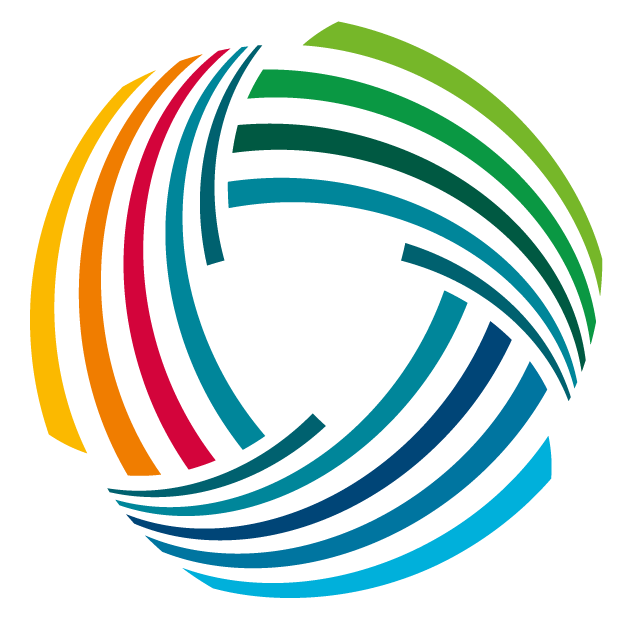Workstream 1: Strategic Guidance & Convergence
Guide the integration of Climate and Disaster Risk Finance and Insurance solutions in global climate change and resilience frameworks
Making Impact Visible: Development of a Holistic M&E Framework
The year 2020 marked the transition for the InsuResilience Global Partnership from one-dimensional monitoring of beneficiaries to a holistic, multi-dimensional monitoring, evaluation and learning framework of Climate and Disaster Risk Finance and Insurance (CDRFI).
This transition mirrors the trajectory of the Partnership, which started in 2015 as a G7 initiative with a focus on climate-risk insurance and evolved into a multi-stakeholder partnership with a broadening scope towards financial resilience in 2017.
The InsuResilience G7 initiative aimed to increase the number of poor and vulnerable people in developing countries who have “access to direct or indirect insurance coverage against the negative impact of climate change-related hazards by up to 400 million by 2020” (Elmau Leaders’ Declaration, G7 Summit, 2015). The InsuResilience Secretariat tracked progress towards this target through a survey of all the programmes contributing to the G7 initiative. The focus of the Monitoring & Evaluation (M&E) activities was to provide a rigorous accounting framework for aggregating beneficiary numbers that ensures accountability and consistency in methodology across programmes and projects.
The endorsement of Vision 2025 with its six result areas in 2019 was the first milestone towards a more comprehensive, holistic, and partnership-wide monitoring and evaluation (M&E) Framework, focusing on broadening impact dimensions and providing evidence on the positive long-term impacts of CDRFI. More concretely, this meant the inclusion of insurance and non-insurance risk financing, integration into wider resilience and climate policy, as well as endorsement of the five Pro-Poor Principles (impact, quality, ownership, complementarity, equity) as the determinants for successful CDRFI.
Furthermore, the M&E focus has widened to consider quantitative and qualitative benchmarks for measuring impact. While clear, empirical figures collected in quantitative surveys remain important, there also needs to be space for appraising the qualitative long-term and multi-dimensional impact of CDRFI.
New goals and workstreams under Vision 2025
New goals and workstreams emerged for the Partnership under Vision 2025 and the ambition to create a M&E Framework that sets global standards for impact measurement of CDRFI:
- Firstly, a new M&E Framework was developed for Vision 2025 and the indicators and targets were completed, especially around qualitative benchmarks and evolution of a robust M&E strategy and guidelines. This work was coordinated by the InsuResilience Secretariat and conceptually underpinned by strategic economics consultancy Vivid Economics and RMS, a company specialized in developing risk models. It was subject to an extensive review process carried out by members of the Impact Working Group, the implementing programmes and other key stakeholders of the Partnership. The Partnership’s High-Level Consultative Group will also review the M&E framework including its indicators.
- Secondly, a new survey and analysis tool was developed that will deliver comprehensive datasets to measure indicators for the new M&E framework. The Secretariat is working together with RMS which has developed a tool for this analysis.
- Thirdly, a Theory of Change (ToC) was developed together with Oxford Policy Management (OPM), a development consulting firm. The ToC will complement the M&E Framework and define how the Partnership can act as a collaborative platform and contribute to relevant and urgently needed advancements in resilience and CDRFI. Building on extensive stakeholder consultations, it underpins Vision 2025 and will inform the Partnership’s workplan for the coming years.
- Lastly, MCII is working with the InsuResilience Impact Working Group to develop an “Evidence Roadmap” that will support the research agenda for Vision 2025. The Evidence Roadmap will shed light on gaps in evidence and knowledge around CDRFI and propose research priorities for assessing the long-term resilience benefits of risk finance and insurance for poor and vulnerable people and countries.
The focus in 2021 will lie on the implementation of the new M&E Framework. This will inform the annual data collection from 2020 onwards and enable the Partnership to report on progress using multiple indicators across its six result areas. Furthermore, the Partnership will work on operationalizing the Evidence Roadmap.
Vision 2025 - key target indicators
poor and vulnerable people covered annually against disaster and climate shocks by pre-arranged risk finance and insurance mechanisms.
poor and vulnerable people covered annually by microinsurance. (150m are part of the 500m goal)
V20 and other vulnerable countries with comprehensive disaster risk finance strategies in place.
of average annual climate and disaster losses in V20 and other vulnerable countries covered by pre-arranged risk finance and insurance mechanisms.
V20 and other vulnerable countries have developed property and agricultural microinsurance solutions.
V20 and other vulnerable countries with new or enhanced (sub-)sovereign pre-arranged risk-finance and insurance mechanisms for critical infrastructure and/or rapid funding for disaster response.
commitment by the Insurance Development Forum in offered risk capacity for solutions implemented under the InsuResilience Global Partnership.
